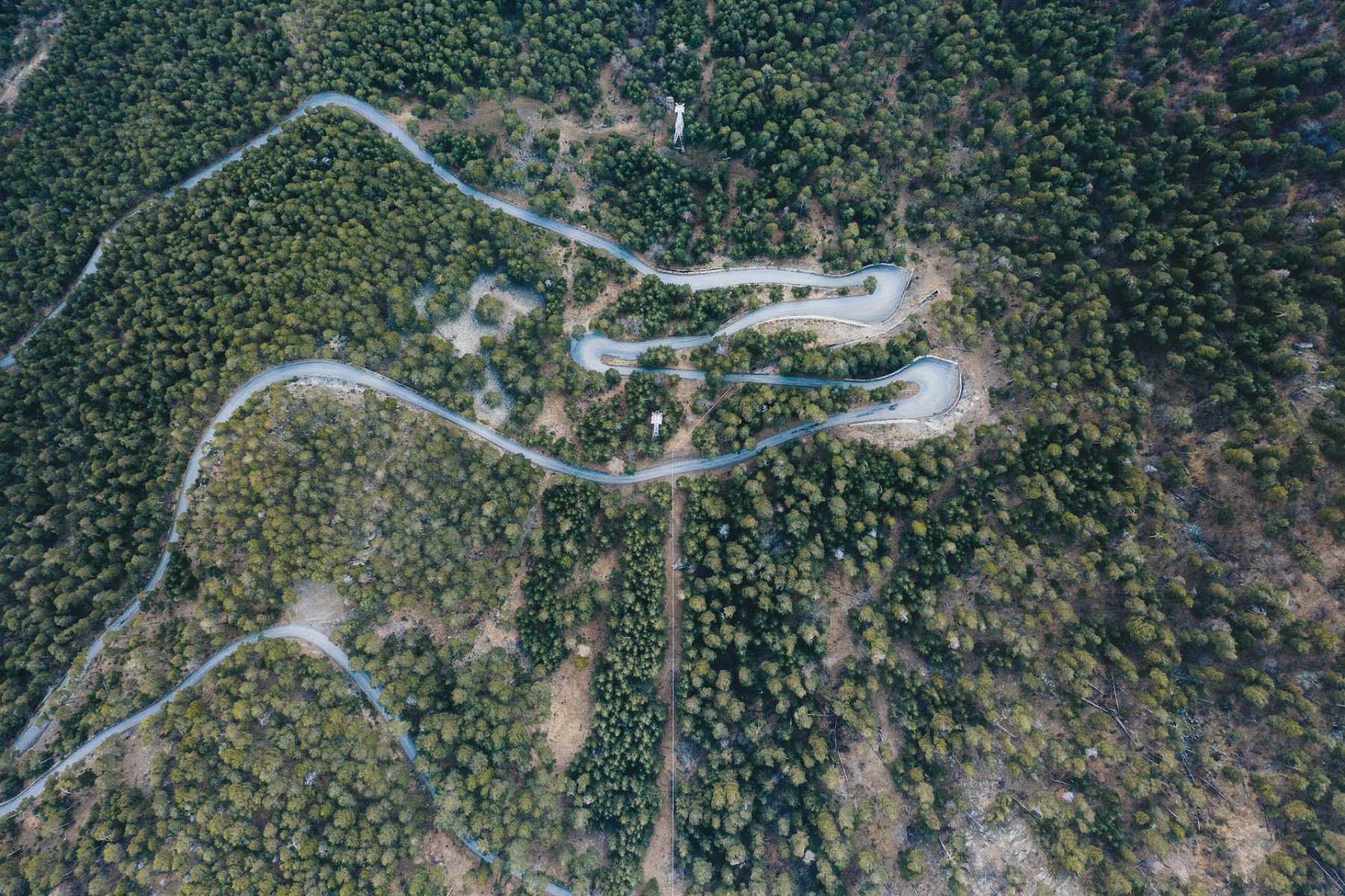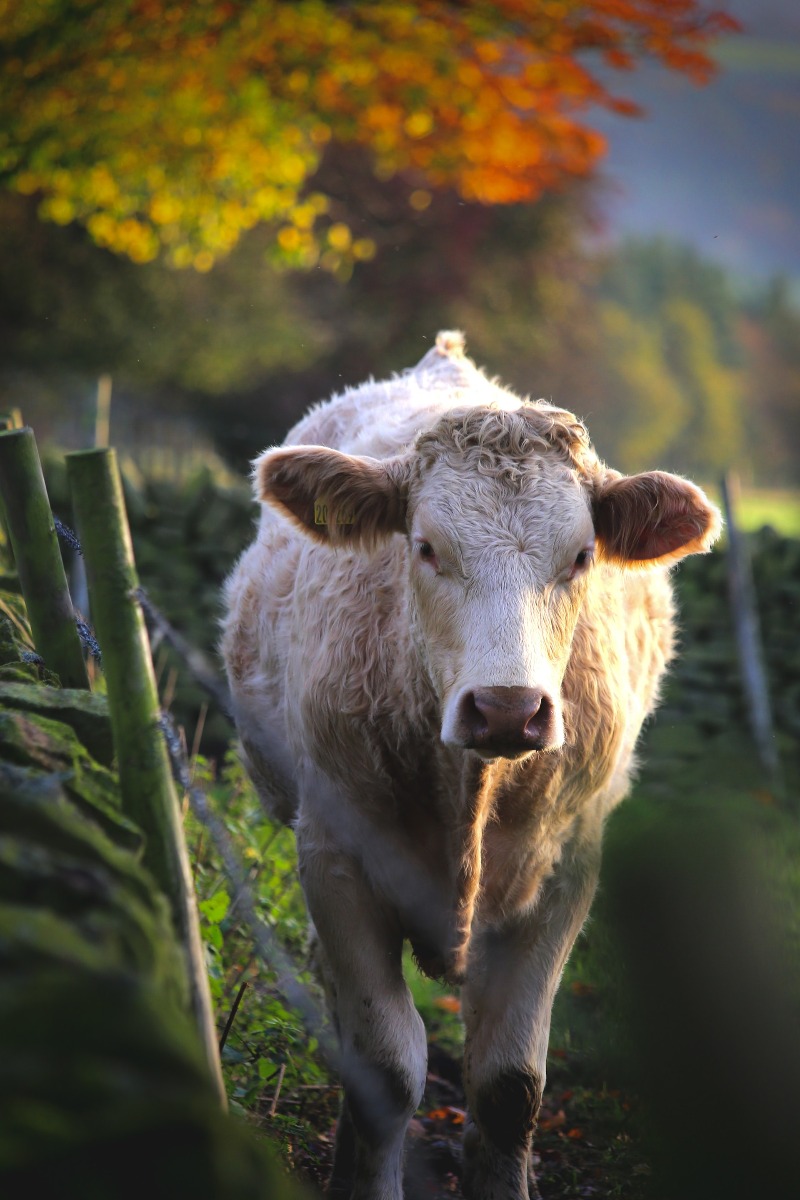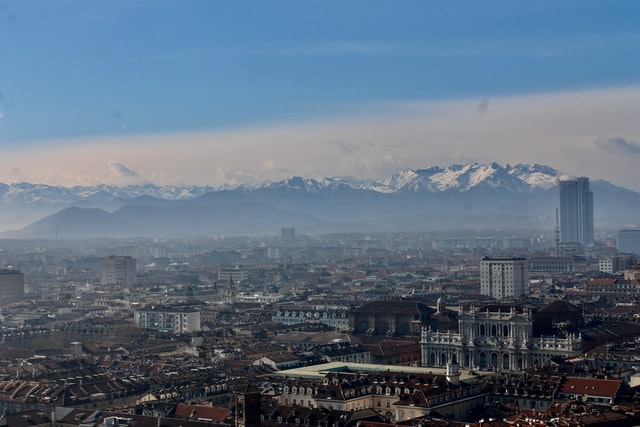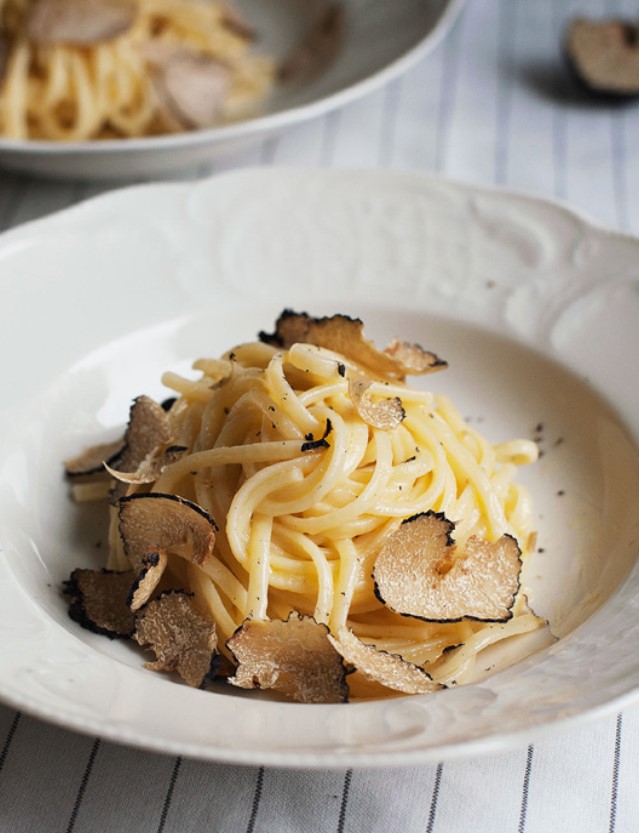Wine from Piedmont
Piedmont
Nestled between the Aosta Valley, the Lombardy, Linguria and the Emilia-Romagna lies - steeped in legend - Piedmont. An inspiring region of pleasure, for all those who know their way around. Fancy a few tips and info?
Friendly little towns, ancient castles, gorgeous chateaux, all surrounded by breathtaking scenery, vines and lakes. In addition, there is a lively gastronomic culture, of course, the truffle and, of course, the legendary red wine. Have you been to the baroque capital of the region, Turin? Actually, a must, because the city is one of the most beautiful in Italy, even if it is always a bit forgotten. Turin is top.

Outside the city, everything in the northern Italian region revolves around the individual wine-growing areas. The approximately 58,000 hectares of vineyards are spread throughout Piedmont, well, with the exception of the Po Valley. In numbers, Piedmont is one of the medium-sized wine regions of Italy in terms of viticulture, but in terms of reputation and size of wines, Piedmont and mainly its red wines are hardly surpassed. The two core zones are the Langhe with the Roero and the vineyards around the city of Alba with the blue grape varieties Nebbiolo, Dolcetto, Barbera and the white Chardonnay and Arneis. And the Monferrato, which nestles around the town of Asti and where on sandy and calcareous soils are cultivated mainly Barbera, Chardonnay and Moscato Bianco.
The small town of Asti in Monferrato is a good hour's drive from Turin. The region is known for its opulent and spirited red wine made from Barbera. On the sandy soils, the grape variety can develop incredible vigor. Every child knows the big names (e.g. Bricco dell'Uccellone), but at least as exciting here are the smaller producers like Boeri, who press their classic Barbera d'Asti at an excellent price-performance ratio.

The sweet sparkling wine from Asti is a popular companion to desserts. The aromatic Moscato grape is further enhanced in its full expression by the sandy soil structure around Asti. To keep the slight sweetness in the wine, the fermentation process is stopped after a short time, resulting in a light and wonderfully fragrant sparkling wine. Ideal at any time.
Roero is located in the Langhe, north of the Barolo area. The region is famous for its Arneis. A floral and yellow fruit scented white wine. It is often more of a side project for many red wine producers who tend to focus on Barbera d'Alba or Barolo. But there are also true Arneis specialists, such as Marco Porello or Bruno Giacosa. They produce high-quality wines - full-bodied, with a lot of melting. Great.
Around the famous truffle town, Barbera is also grown alongside Nebbiolo. Unlike their representatives in Monferrato, however, the Barbera grapes of the Alba area do not enjoy the privilege of being cultivated in the most exclusive locations. These remain the kingdom of Nebbiolo. It can only be a good thing for the Barbera, because the lower exposure to sunlight results in a more structured and less "lush" Barbera. These delicate wines are particularly suitable for lovers and aficionados of elegant and straightforward wines.

In the Langhe lies the Barbaresco DOCG. A region that for a long time was in the shadow of its big brother Barolo DOCG. In the 19th century in Piedmont, the Nebbiolo grapes from Barbaresco were often sold to Alba so that Barolo could be produced from them. However, winemakers such as Angelo Gaja and Produttori del Barbaresco have resolutely ensured that this region has been on the radar screen of many wine lovers in recent decades. Today, it is impossible to imagine Piedmont without the name Barbaresco. The DOCG wines that are produced here have become the flagship for the wines on the whole of Italy.

Nothing is more internationally synonymous with Piedmont and its wines than the small village of Barolo and its DOCG. Since the Middle Ages, Barolo has been the house wine of the House of Savoy (the last royal house of Italy) and the name has not lost a bit of its appeal to this day. On the contrary. Winemakers such as Elio Altare, Massolino or Aldo Conterno have led Barolo into a new era. These are wines that can often be measured in decades, not years. They reveal their true potential only to the patient, because they can easily be forgotten in the cellar for 15 to 30 years. This storage time gives them an incomparable aromatic palette. The noblest Baroli come from the top single vineyards Cannubi, Cerequio or Brunate, just to name a few. On, taste your way through the subtle differences and if you are into specialties: The Brunella vineyard is pressed exclusively by the producer named Boroli.
